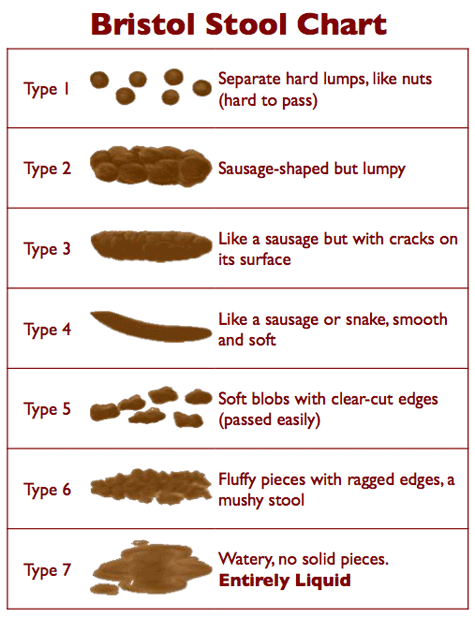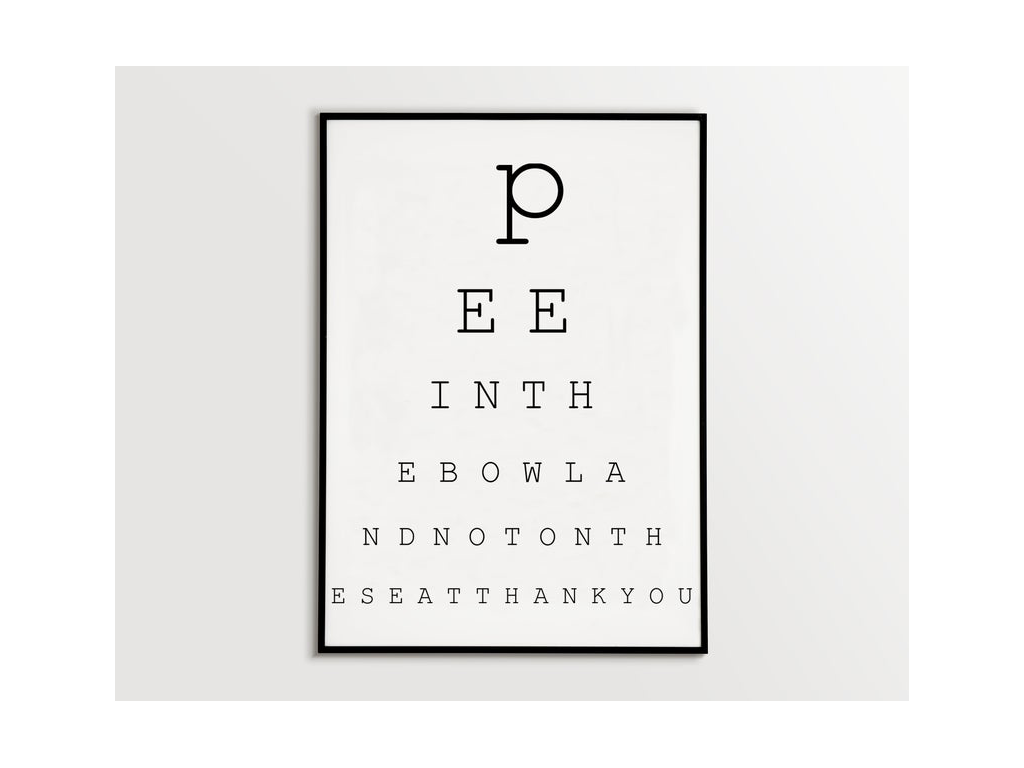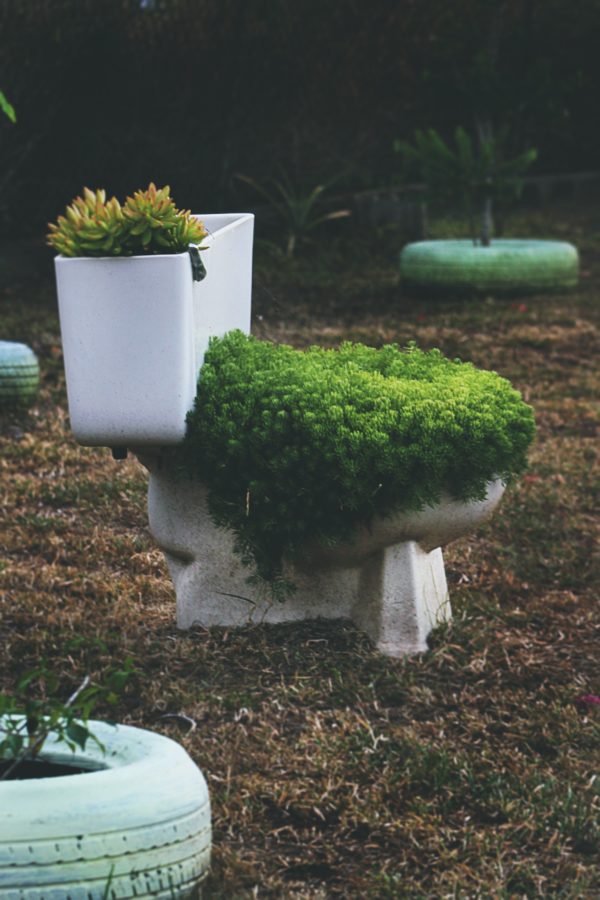WHAT IS YOUR STOOL PERFORMANCE SAYING ABOUT YOU?
START YOUR JOURNEY TO BETTER PERFORMANCE NOW

By GARETH LYNCH
Do you know what your stool performance is saying about you?
As quick as we are to flush it away without giving it a second thought, your stool can provide a wealth of knowledge about our health and performance.
By self-monitoring the outputs of your bowel movements and stool you can create a lot of awareness about how your digestive system is operating. Once you have created some awareness you can start to make choices on your inputs to give you the best performance outputs.
So let’s make some connections and join the dots between what’s happening the inputs you put in your mouth and how it is processed into the outputs that you see in your toilet bowl.

THE KEY STAKEHOLDERS IN YOUR STOOL PERFORMANCE
Your digestive system is made up of your mouth, stomach, small intestine and large intestine. The digestive process starts in your mouth, with the ideal scenario being a clean and healthy food source (input) that is broken down and chewed. For optimal conversion of food to energy, your food should be chewed until liquefied, this will also help prevent unwanted fungi and parasite being able to survive and make it into your intestines.
The next step sees the chewed food being swallowed and entering your stomach. Here it is mixed with additional enzymes and hydrochloric acid to help break it down further and kill any unfriendly bacteria, fungi and parasites. The food is then passed on to your small intestine where most of it is absorbed. Unwanted or indigestible food particles are sent to the large intestine for final processing before leaving the body as an output of healthy stool. If there is a breakdown somewhere in the input of quality fuel or the processing this leads to an unhealthy output of poor quality stool.
“Just like keeping a healthy diet is important to maintaining a healthy lifestyle, eating the right foods is just as important for getting the most out of your workout.” – Marcus Samuelsson
SO WHAT DOES GOOD STOOL PERFORMANCE LOOK LIKE?
According to the Bristol Stool Chart, a medical aid designed to classify your stool (faeces) into seven groups (1), good healthy stool (type 4) should be:
Well shaped and consistent in contour.
It should pass easily and pleasurably.
Be light brown in colour,
Smell natural and almost earthy (not foul).
Your stool should float slightly and not sink to the bottom of the bowl, yet not require multiple attempts to flush.
The average person should move 30cm of stool a day in one to three movements, having a sense of completion when finished.
If this is what your stool looks like every time then you are conquering your digestive performance. On the other hand, if this is not the case, let’s look at the other six stool types and see how they might be affecting your performance.

Characteristics of Non-Optimal Stool
Let’s take a look at the six non-optimal stool types:
Number 1 – Typically bigger in diameter than a healthy stool and is harder to pass. This type of stool is usually caused by eating too many processed and dehydrated foods, especially protein bars and shakes.
Number 2 – Grouped small pellets of stool is due to altered states between peristalsis and dehydration. Your colon is trying to move the stool along, but there is not enough water present to facilitate the process.
Number 3 – Can have a foul smell and sink to the bottom of the bowl. This type of stool is generally caused by overexposure to toxins such as processed foods, environmental toxins, and medical drugs. You may notice this stool appearing after a heavy night out on the town, it is the result of a toxic environment in your digestive system and you should take steps to detoxify your body.
Number 5 – Often lighter in color and floats and may take several flushes to get rid of. This is caused by high content of undigested fat. it may be a sign that you may not be producing enough bile to properly breakdown the dietary fats.
Number 6 – May contain undigested food particles in your stool. Undigested food particles making an appearance in your bowl are not normal and is a sign that you are not digesting the food properly or absorbing nutrients from it. This may be a sign of poor chewing, food intolerance or an inflammatory disorder of the digestive system.
Number 7 – The appearance of diarrhea is the body’s attempt to purge and detoxify. You have put something into your body that it did not like or want and it is quickly trying to expel it from your system. It may be time to re-evaluate what your are inputting to your body.

How To Optimise Your Digestive System
Cutting out processed foods and drinks with healthy fresh well chewed alternatives that contain adequate amounts of fibre will help to elevate stool types 3,6, and 7.
As many of the problems leading to a poor digestive system are straightforward to fix I won’t spend a lot more time on them in this article but instead will choose to focus more on the gut biome.
Research in top level athletes has now started to show the link between a healthy gut biome and performance.
Clarke et al, were one of the first researchers to investigate what the microbiome of a professional athlete looks like. They studied the food and stool samples of an elite level rugby team and discovered their gut biomes had a higher diversity than the control group. The results showed that the athletes’ had double the number of phyla, with firmicutes and akkermansia muciniphila (a bacterium often found in skinny folk but not obese people) being exceptionally high(5).
Petersen et al. also showed an increased abundance of microorganisms in a number of professional cyclists in comparison to amateur cyclists. Their data suggests how certain organisms such as methanobrevibacter smithii may beneficially influence the metabolic efficiency of the gut community in professional cyclists due to synergistic metabolic cross-feeding events (6).
Research has also shown high levels of firmicute in elite level marathon runners. Scheiman et al. then took this research one step further by isolating this firmicute strain of Veillonella from the marathon runners’ stool samples and feeding it to mice. Treadmill tests showed this bacteria-enhanced diet, boosted the animals’ performance by 13% compared to mice not given Veillonella (7). So, by tending and enhancing our gut biome we may be able to enhance our performance.
According to a review article published in March 2017 in the journal Oxidative Medicine and Cellular Longevity, exercise can help increase gut microbial diversity and encourage beneficial microbes to flourish. In particular, exercise promotes a beneficial balance between populations of two gut microbe groups: the genus Bacteroides and the phylum Firmicutes. Imbalances between these groups have been linked to certain GI disorders and obesity (8).

How To Increase Your Gut Microbiome
Healthy varied diet – (green yellow, orange and red fruits and vegetables, oily fish, olive oil, coca)
Fermented foods – (Sauerkraut, Kimchi, Apple Cider Vinegar, Kombucha,)
Avoiding antibiotics
Probiotics
Open windows and go outdoors
Fasting/Intermittent fasting
Avoid chlorinated tap water
Exercise
Reducing stress levels
“Let food be thy medicine and medicine be thy food.” – Hippocrates
How To Ensure A Healthy Digestive System And Bowel Function
Cut out processed foods and drinks: Processed foods are high in unwanted fats, sugars and salts and create a toxic environment in your digestive system.
Eat enough fiber: Aim to get the recommended minimum daily amount of fiber, which is 25 grams (g) for women and 38 g for men under 50 years old.
Chew your food until it is liquid: This will help prevent any unwanted bad bacteria or viruses being able to survive your stomach and making it to your intestines where they can spread. Large sections of food do not get fully broken down in the stomach and provide areas for these bad bacteria and viruses to hide.
Drink plenty of water: You should be consuming 0.033L per Kg of body weight a day. It is especially important to stay hydrated when consuming more fiber.
Create a healthy gut biome. The beneficial bacteria can be found in fermented foods and probiotic capsules. You can also consume prebiotic food which will help to feed the good bacteria you already have. Probiotics have been found to aid in relief from constipation, as well as infectious diarrhea
Exercise: Staying physically active can encourage normal bowel function and can alleviate constipation. It can help relieve stress, a common cause of abnormal stool. It has also been shown to increase your health gut biome.
Reduce stress and increase your sleep quality:
Conclusion
Your outputs into the toilet bowl can give you a wealth of knowledge of what’s happening in your digestive system. It can let you know if your body is optimally processing the inputs you are giving it. it provides you with information on whether you are using the right fuel for your body, if there are malfunctions in the processing or if the working environment has gone toxic.
So next time you take a seat, take note of what’s going on. The toilet bowl is a window into your health and performance.



